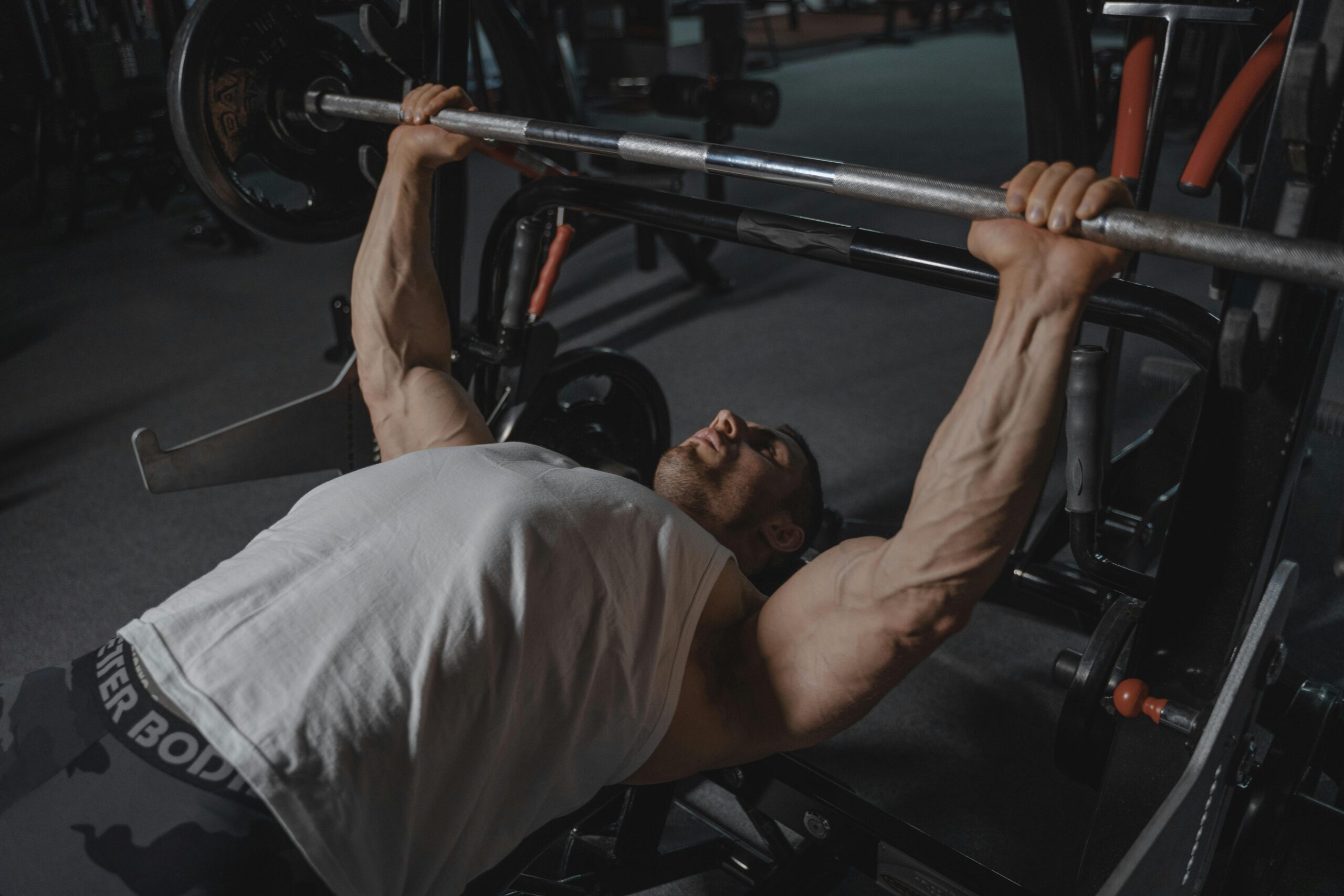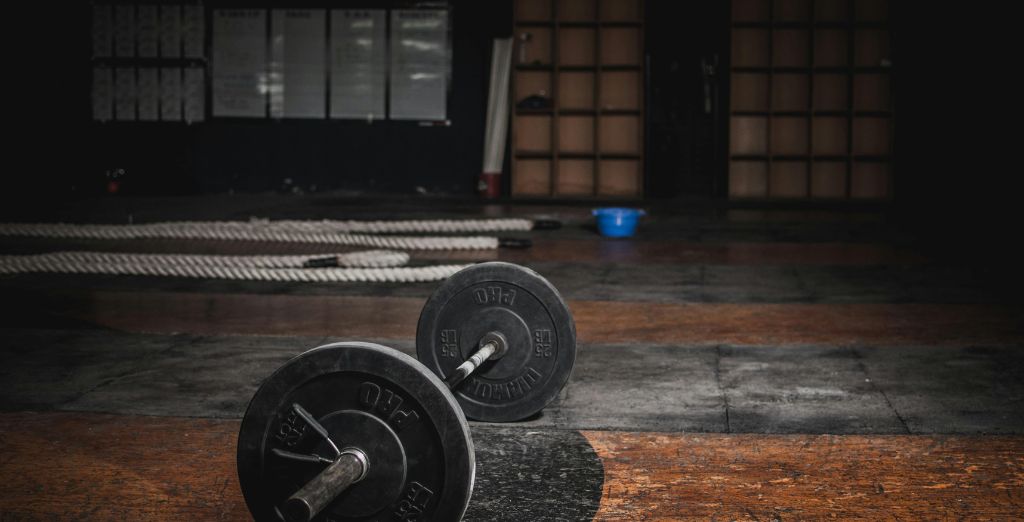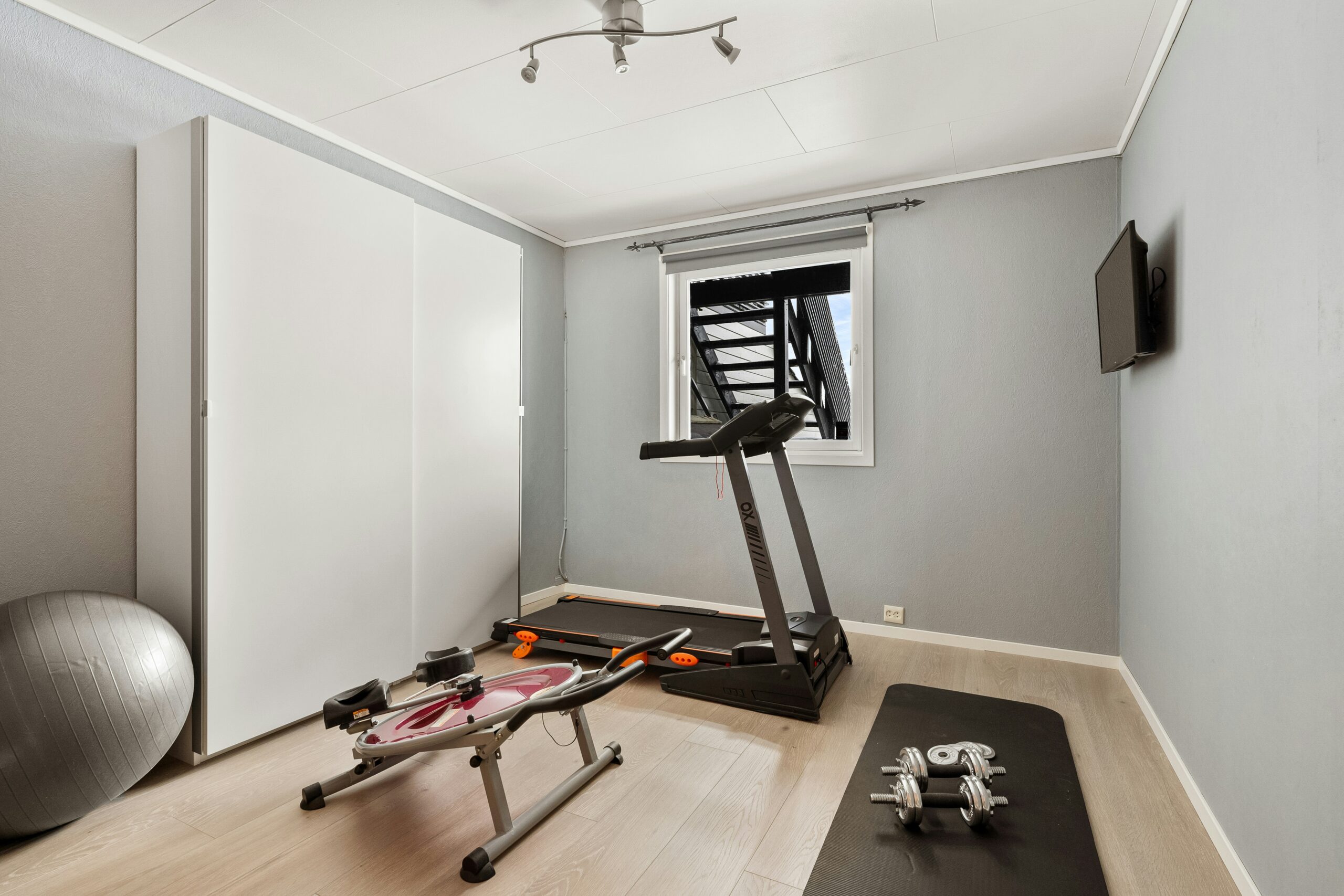The z press muscles worked is a unique and effective exercise targeting multiple muscles, primarily focusing on the shoulders and core. Unlike traditional pressing movements, the Z Press requires you to sit on the floor with your legs stretched out, which creates a solid base and adds a balance challenge to the movement. This position minimizes the use of leg drive, forcing your shoulders, core, and stabilizer muscles to handle the load. Whether you’re aiming to build shoulder strength, increase core stability, or improve overall functional fitness, the z press muscles worked can be a valuable addition to your workout routine.
What is the Z Press?
The z press muscles worked, also known as the seated overhead press, is performed by sitting on the ground with your legs straight out in front of you. Holding a barbell or dumbbells at shoulder height, you press the weight overhead while maintaining a straight and stable posture. This position isolates the upper body muscles, making it challenging for the shoulders and core, as it eliminates any leg or lower back support. By forcing your core and shoulders to maintain stability, the z press muscles worked offers an efficient way to develop upper body strength and improve posture.
Muscles Worked in the Z Press
Shoulders
The shoulders are the primary muscle group worked in the z press muscles worked. This movement targets the deltoids—the three-part muscles in the shoulder that consist of the anterior (front), lateral (side), and posterior (rear) deltoids. When pressing overhead, the anterior deltoid is most active, but the other deltoid parts also work to stabilize and control the movement. Over time, strengthening your shoulders with the z press muscles worked can enhance shoulder stability, size, and endurance.
Core Muscles
Since the z press muscles worked requires you to balance without any back support, your core muscles are heavily involved. The core includes the abdominals, obliques, and lower back muscles, all of which engage to keep your torso stable. This engagement helps prevent leaning backward or forward, which is essential for maintaining proper posture during the lift. By working your core, the z press muscles worked can lead to improved core stability and endurance, both of which are important for daily activities and other exercises.
Upper Back and Trapezius
In addition to the shoulders and core, the upper back muscles are also engaged during the z press muscles worked. The trapezius, located between the shoulders and neck, helps stabilize the shoulder blades and support the movement. Strengthening the trapezius improves posture and balance, allowing you to lift more weight safely over time. Alongside the trapezius, the rhomboids and other smaller muscles in the upper back also play a role in maintaining control during the lift.
Benefits of the Z Press

Builds Shoulder Strength and Endurance
The z press muscles worked is excellent for developing shoulder strength and endurance. By isolating the shoulders and minimizing leg support, the z press muscles worked puts more emphasis on the upper body. Over time, this can result in stronger, more defined shoulders and improve shoulder endurance for other exercises.
Improves Core Stability and Balance
Since the z press muscles worked is performed in a seated position with no back support, it heavily engages the core muscles. By strengthening these muscles, the exercise improves your balance and stability. This core stability also translates to better control and form in other exercises, reducing the risk of injury.
Enhances Posture and Functional Strength
The z press muscles worked promotes good posture by requiring you to sit upright throughout the movement. This helps activate the muscles in your upper back and shoulders, which are important for maintaining proper posture in daily life. Functional strength, or strength that translates to real-world activities, is a key benefit of the z press muscles worked. The exercise mimics movements that require upper body control and stability, which can be beneficial for athletes and non-athletes alike.
How to Perform the Z Press Correctly
Setup and Starting Position
To begin, sit on the floor with your legs stretched straight in front of you, feet hip-width apart. Hold a barbell or a pair of dumbbells at shoulder height, with your elbows pointing forward. Engage your core, keep your chest up, and sit up straight. Make sure your feet stay flat on the ground, and your legs remain still throughout the exercise.
Pressing the Weight Overhead
As you press the weight overhead, keep your core tight and avoid leaning back. Extend your arms fully at the top of the press, bringing the weight slightly behind your head for a full range of motion. This position allows your shoulders to engage fully and provides maximum activation.
Lowering the Weight
Slowly bring the weight back down to shoulder level with control. Ensure that your core remains stable, and avoid slumping forward. Repeat this movement for the desired number of repetitions, focusing on maintaining proper form and avoiding excessive back arching.
Common Mistakes to Avoid
Using Momentum
One common mistake is using momentum or leaning too far back to complete the press. Since the Z Press focuses on control and stability, using momentum defeats the purpose of the exercise and increases the risk of injury. Keep the movement slow and controlled, using your shoulders and core to lift the weight.
Leaning Back
Without back support, it’s easy to lean back, which places strain on the lower back and reduces the effectiveness of the exercise. Maintain an upright posture throughout the movement, and only lift as much weight as you can control without leaning.
Rushing the Reps
Performing the Z Press quickly can reduce muscle engagement and increase the risk of losing control. Instead, take your time with each rep, focusing on form and stability. Slow, controlled reps provide better results and help prevent injuries.
How to Incorporate the Z Press into Your Workout

Routine
The Z Press can be added to a shoulder or upper body workout, typically performed after warming up and before moving into heavier compound movements. Start with a light to moderate weight, focusing on form, and gradually increase the weight as your strength improves. Beginners can start with dumbbells or a lighter barbell to build strength and work on their balance. Since the exercise requires a stable core, avoid pairing it with other intense core exercises in the same session to prevent fatigue.
Variations of the Z Press
While the classic Z Press involves pressing a barbell or dumbbells overhead from a seated position, there are a few variations that can help you target different muscles or make the movement easier or more challenging. Experimenting with these variations allows you to add variety to your workout and find the version that best suits your fitness goals.
Dumbbell Z Press
The dumbbell version of the z press muscles worked allows for greater range of motion and flexibility in each arm. This can help correct any imbalances between your left and right sides, as each arm has to press independently. Using dumbbells also requires more stability, challenging your core even further.
Kettlebell Z Press
The kettlebell z press muscles worked is similar to the dumbbell variation but with a unique twist: kettlebells require you to stabilize a shifting weight. This increases the demand on your stabilizer muscles, particularly in the shoulders and core, and can enhance coordination. Kettlebells also encourage you to keep the weights closer to your body, reducing shoulder strain.
Resistance Band Z Press
The resistance band z press muscles worked is a beginner-friendly version of the exercise. By using resistance bands instead of weights, you can start with a lighter load while still practicing the movement pattern. Resistance bands provide constant tension throughout the exercise, engaging your core and shoulders without requiring heavy lifting. This variation is ideal for beginners or those recovering from injuries.
Z Press with a Single Arm
The single-arm z press muscles worked is an advanced version that challenges your core stability. Performing the exercise with one arm at a time requires greater core engagement to prevent you from tipping to one side. This variation improves unilateral (one-sided) strength, helping you correct any imbalances in your shoulders and arms.
Who Should Avoid the Z Press?
While the z press muscles worked is an effective exercise for building upper body strength and core stability, it might not be suitable for everyone. People with pre-existing shoulder, lower back, or core injuries should consult a fitness professional or physical therapist before adding the z press muscles worked to their routine. Additionally, those with poor flexibility in their hamstrings or lower back may find the seated position uncomfortable, as it requires you to maintain an upright posture without support. In such cases, you can work on improving your flexibility or consider alternative shoulder exercises, such as standing overhead presses or seated presses with back support, until you feel comfortable with the z press muscles worked.
Tips for Getting the Most Out of the Z Press
To get the maximum benefit from the z press muscles worked, it’s essential to focus on form and stability. Start with a manageable weight that allows you to maintain proper posture without straining. Keep your core engaged throughout the movement, and ensure that you’re sitting up tall with your chest out. Avoid letting your lower back arch, as this can place unnecessary strain on your spine. Remember, quality over quantity is key—perform each repetition with control rather than rushing through.
Incorporate the z press muscles worked into your upper body routine once or twice a week, especially on days when you’re focusing on shoulder and core training. Over time, you’ll notice improvements in your shoulder strength, core stability, and overall upper body endurance.
Conclusion
The z press muscles worked is a powerful, multi-functional exercise that effectively targets the shoulders, core, and upper back while improving balance and posture. By removing the involvement of your legs and lower body, this unique seated press forces your upper body and core to take full control, making it an excellent choice for building strength and stability. Over time, the z press muscles worked can enhance your shoulder endurance, promote core stability, and support better posture, all of which are crucial for both workouts and everyday movements.
As you incorporate the z press muscles worked into your routine, remember to prioritize proper form and controlled movements. Start with lighter weights to master the posture and balance required, then gradually increase the load as your strength improves. This exercise is suitable for anyone looking to add variety and challenge to their upper body training, helping you develop functional strength that can support a range of physical activities. Whether you’re an athlete, fitness enthusiast, or beginner, the z press muscles worked offers valuable benefits that go beyond the gym, making it a worthwhile addition to any fitness journey.
FAQs
What muscles does the Z Press primarily work?
The Z Press primarily targets the shoulders, specifically the deltoids. It also heavily engages the core muscles and upper back, providing a well-rounded upper body workout.
Is the Z Press suitable for beginners?
Yes, the Z Press can be suitable for beginners if done with light weights. Beginners should start with lighter weights, focusing on maintaining proper posture and form to avoid leaning backward or straining the lower back.
How does the Z Press improve core stability?
The Z Press strengthens core stability by requiring you to sit without back support. This forces the abdominals, obliques, and lower back muscles to stay active, improving balance and control during the movement.














